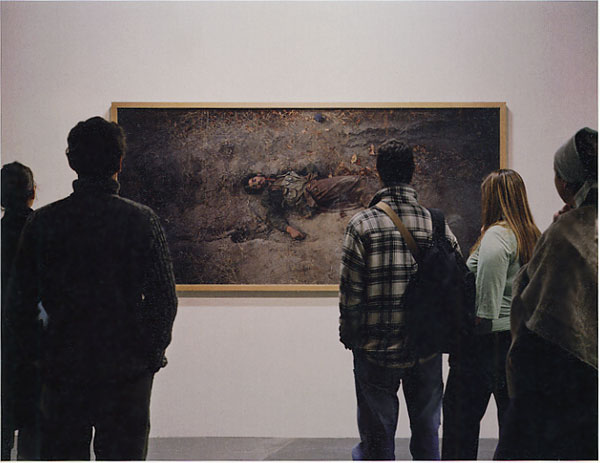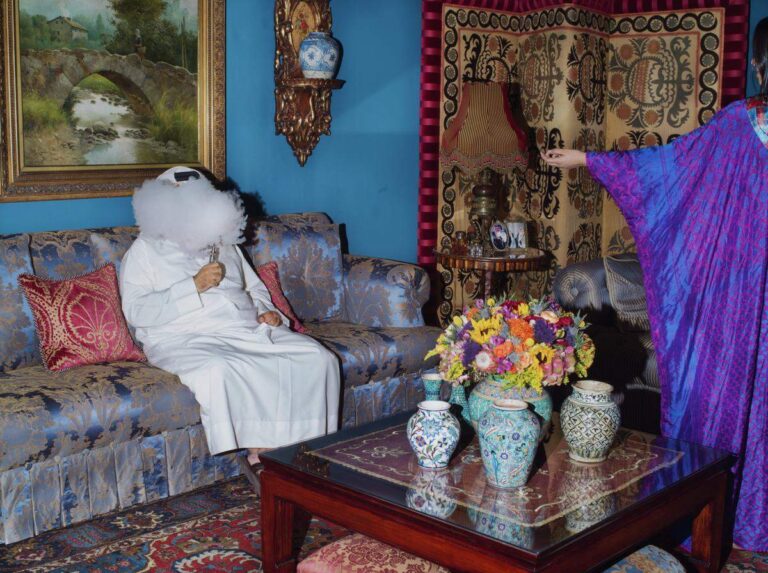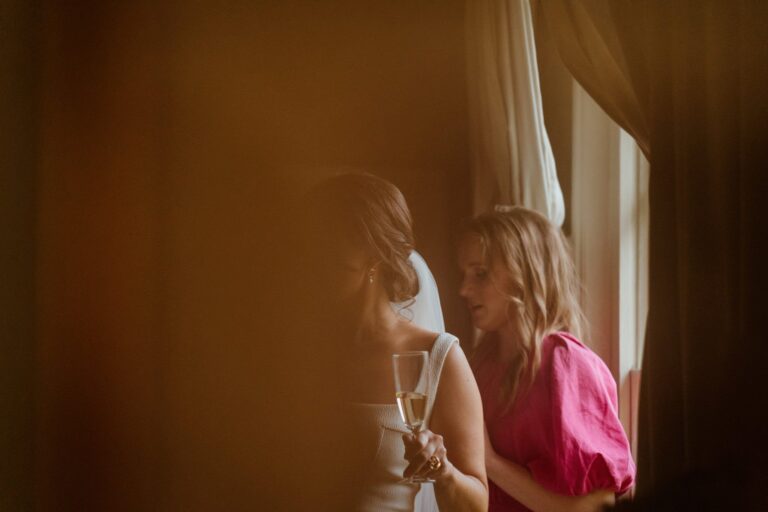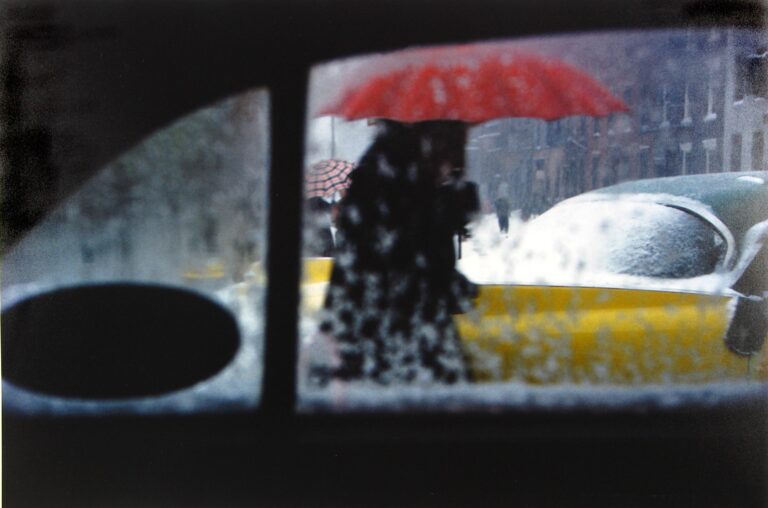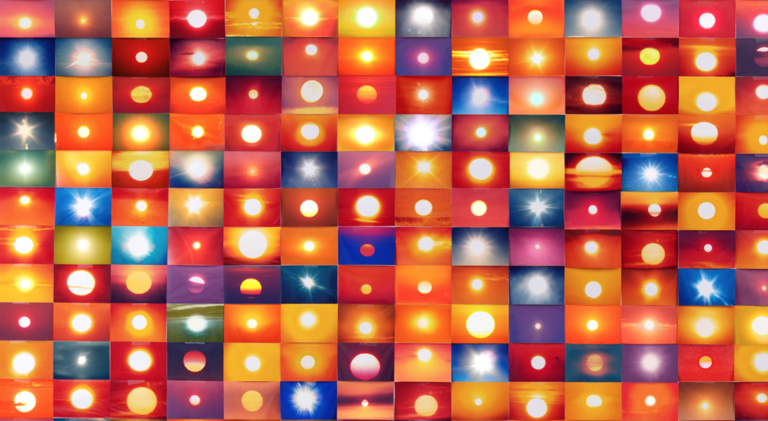Overview:
In this week’s lecture we discussed Luc Delahaye’s Taliban image and considered questions such as, “what is the image about, what is the artist trying to communicate. It’s an interesting image, both photojournalistic in style but also very much in th art camp.
What is the intention of the work? Minimalist in style, conveys detachment and isolation.
Also consider art history – what has gone before in art. The poise – extended hand.
Ways of categorising an image:
Denotation and connotation.
Signifier and signified.
Studium and Punctum
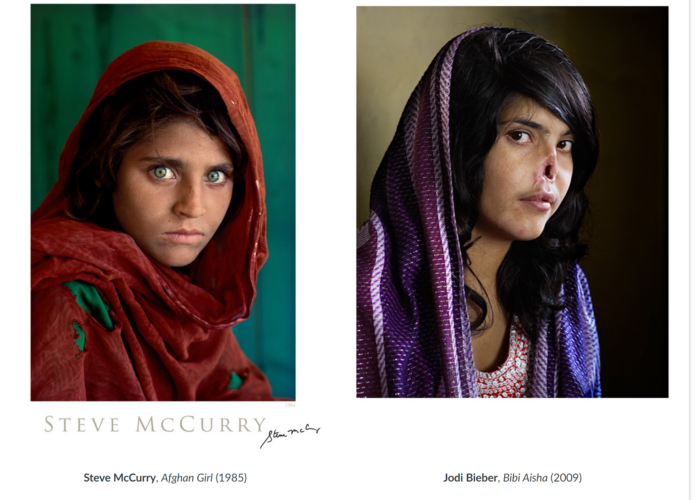
Consider these two examples of different Afghan women who are of a similar age.
Write a short post in the forum below (maximum 200 words) reflecting on how you read these two images. What are their similarities and how do they differ? You are free to research further before considering your response. You should also take into account the different dates, the photographers and the titles used here.
The photographs “Afghan Girl” by Steve McCurry (1985) and “Bibi Aisha” by Jodi Bieber (2009) both depict traditional portraits Afghan women of a similar age, but they evoke distinctly different narratives and emotional responses.
Steve McCurry’s Afghan Girl is nameless, compared to Steve McCurry’s name being front and centre. And yes, the photograph was taken in 1985 when times were different but photojournalists should know to name their images. It wasn’t until 2002 that National Geographic tried to find her and give her a name. Sharbat Gula was 30 years old by then. It’s interesting that when McCurry did meet Gula her, he mentioned what she looked like and not the difficult life she had led:
“Time and hardship had erased her youth. Her skin looks like leather. The geometry of her jaw has softened. The eyes still glare; that has not softened.”
From https://www.nytimes.com/2021/11/26/world/europe/afghan-girl-national-geographic.html
In sharp contrast, Bieber’s “Bibi Aisha” presents a harrowing reality of personal trauma. Her face is mutilated and serves as a poignant testament to the brutal consequences of patriarchal violence and the ongoing struggle for women’s rights in Afghanistan. The title and context emphasize her identity and suffering, prompting a visceral reaction and a call for empathy and action.
However, Bieber’s image is not without controversy. This image was featured on the front cover of Time magazine to underscore the violence perpetrated by the Taliban and to argue against the withdrawal of US forces from the region.
REFERENCE LIST
ANTHONY, Andrew. 2010. ‘Bibi Aisha, Victim of the Taliban’s Political Strategy’. the Guardian [online]. Available at: https://www.theguardian.com/world/2010/dec/05/bibi-aisha-afghanistan-disfigured-taliban.
COOKE, Alex. 2016. ‘The Case of Steve McCurry: What Is “Truth” in Photography?’ Fstoppers [online]. Available at: https://fstoppers.com/editorial/case-steve-mccurry-what-truth-photography-129505.
DUCKRABBIT. 2011. ‘World Press or Propaganda?’ duckrabbit [online]. Available at: https://www.duckrabbit.info/blog/2011/02/bieber-wins-a-journalism-award-for-a-photo-presented-to-the-world-by-the-photographer-herself-as-propaganda-really/.
GROSS, Jenny. 2021. ‘“Afghan Girl” from 1985 National Geographic Cover Takes Refuge in Italy’. The New York Times, 26 Nov [online]. Available at: https://www.nytimes.com/2021/11/26/world/europe/afghan-girl-national-geographic.html.
REFLECT:
- What challenged you?
- What surprised you?
- What do you feel you learned?
Consider also the points raised in the presentation. What factors influence how you might read and interpret photographs. Think about:
- Your family and social background and your heritage.
- Your upbringing, values and education.
- The kind of art you were exposed to and at what points in your life.
- The literature and philosophical and/or political ideas you have been exposed to.
- Significant changes or events in your life that might have shifted your perspective when it comes to ‘decoding’ images.

